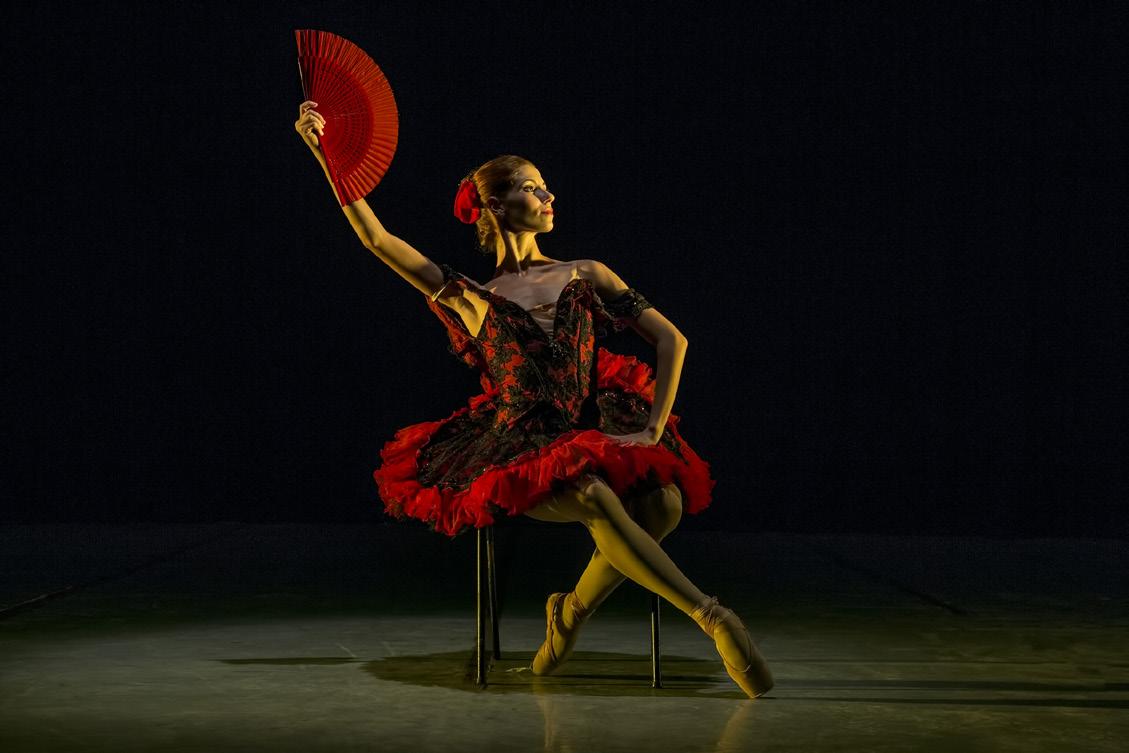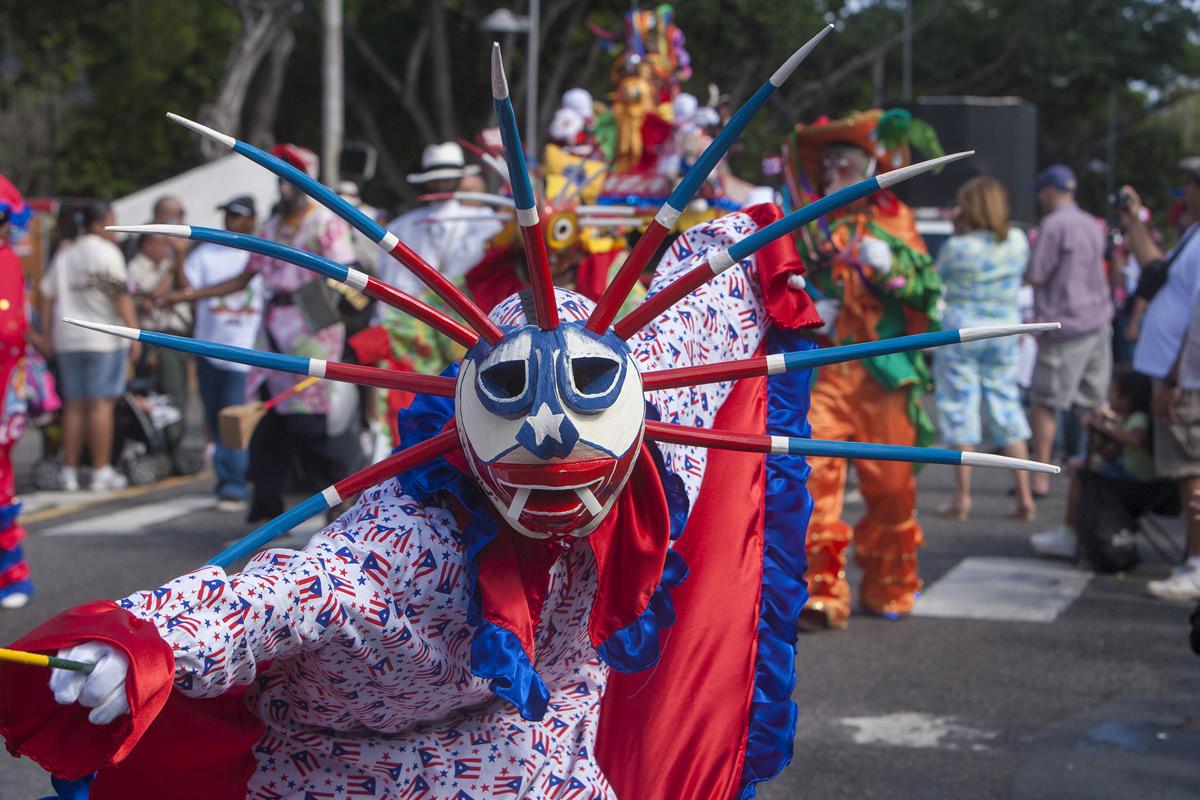
3 minute read
Focus point selection
Great photographs are a function of several factors. These include artistry, skill, serendipity, luck, preconception, and . . . intelligent choices when it comes to camera settings. One of those very important settings is focus points.
A typical focus point array is shown at right. There are basically three choices:
1. All the focus points 2. A center cluster of points, typically 9 to 15 in number 3. One individual point, either centered or offcenter
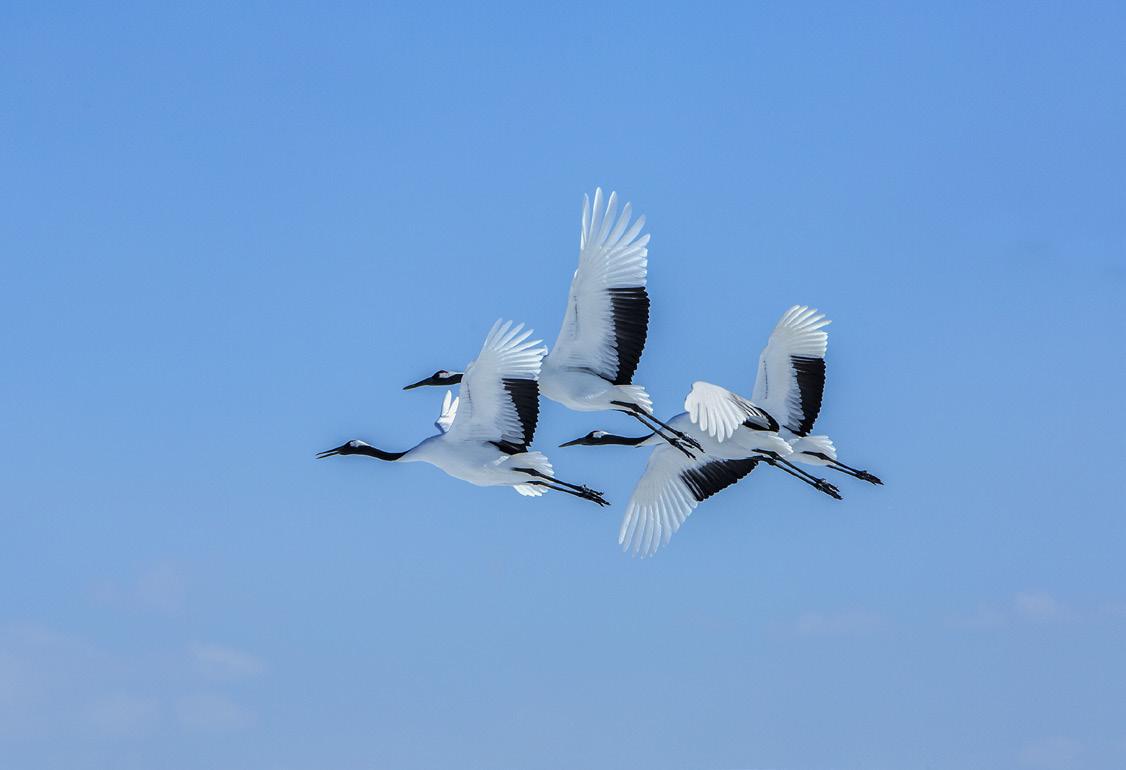
I know there are variations to the focus point selection process, such as ‘expansion points’, but I find these are essentially worthless. Let me explain my rationale in using each of the
W i n t e r W i l d l i f e Workshop
January 13 - 20, 2020
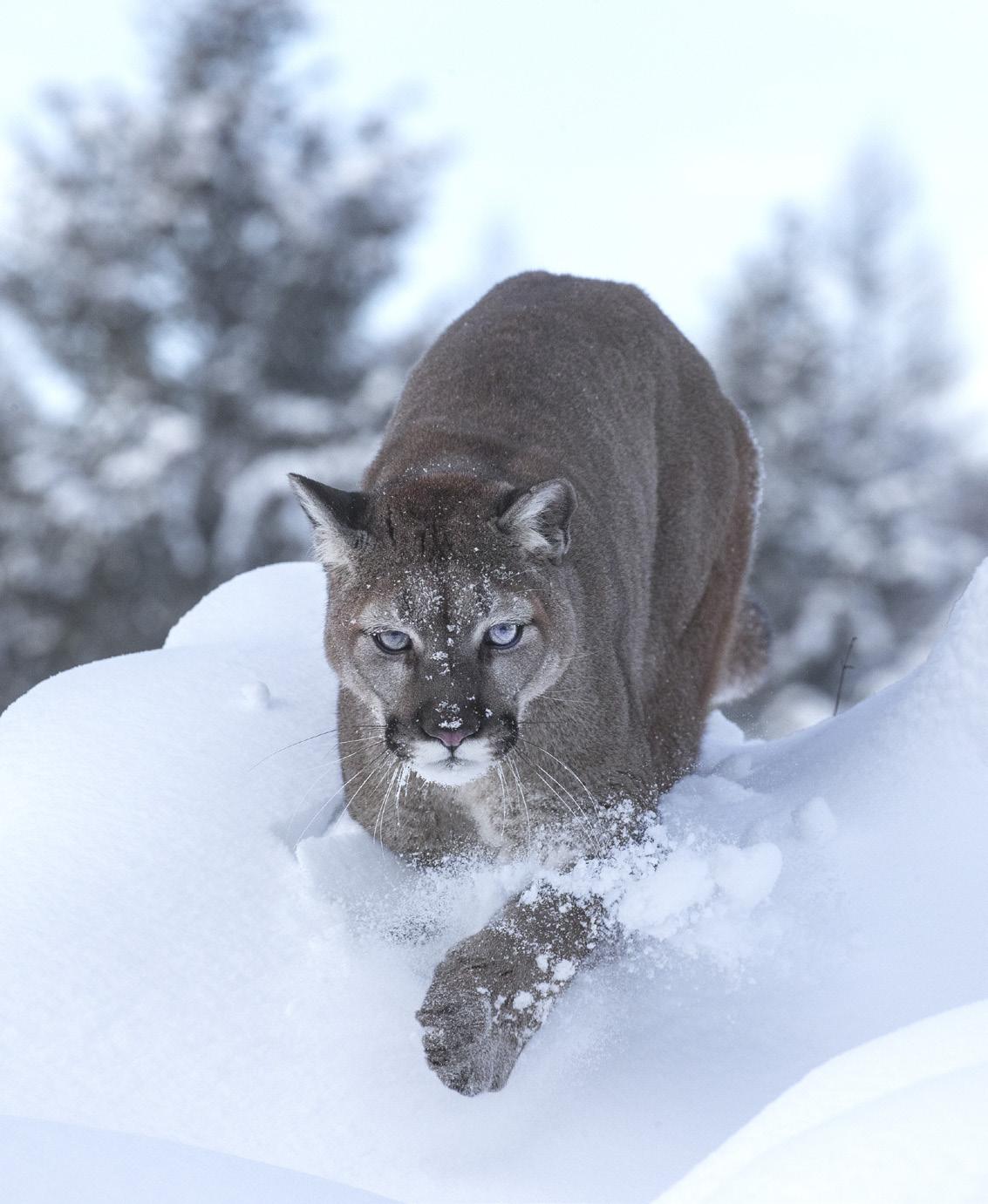
Based in Kalispell, Montana
All the focus points
I use this choice for one senario only -- when I am photographing birds in flight against the sky as in the photo on page 18. It can be challenging just to keep the birds in the center of the frame, especially with a long lens. If the bird or birds go off-center, the focus points at the periphery of the array will lock onto the subject. Even if they catch a portion of a wing, the bird will snap into focus much faster than a person can do manually.
If the bird is flying in front of a forest or landscape, this choice won’t work because some of the focus points can lock onto the background instead of the subject.
A center cluster of points
I use a center cluster of nine focus points for 98% of my shooting. Most subjects are in the center of the frame -- or at least, the most important part of the subject is there -- so I can be assured of sharp focus.
If a subject is off-center, like the rearing horse below, instead of moving the center cluster away from the center to coincide where the subject is (which would take too long and I might miss the shot), I aim the center of the viewfinder, and thus the cluster of 9 or 15 focus points, at the horse, and focus. I then lock that focus setting in place either with the focus lock button or back button focus, recompose, and shoot the scene as I wish.
A single focus point
For spot focus situations where you have one subject, a single focus point works very well as long as the subject doesn’t have depth. It’s

possible the one focus point provides an erroneous determination of focus. A case in point is the Icelandic horse at right. I was, in fact, using a single focus point, and the autofocus locked onto the hair in the mane. The horse’s head was turned to me, and that meant it’s eyes and nose were about 18 to 24 inches closer to me than the mane. I was shooting with a 70-200m telephoto at f/2.8, thus the depth of field was quite shallow. If you can enlarge this image on your computer or tablet, you’ll be able to see the eyes are not sharp. Instead of locking onto the eyes, the single focus point locked onto the mane. This is why I no longer use a single focus point. It’s too easy to focus on the wrong element in a composition. If all the elments are on a single plane, or close to it, like the ballet dancer below, then the single focus point can work.
There are many things to think about when seriously taking pictures, and that includes the ne
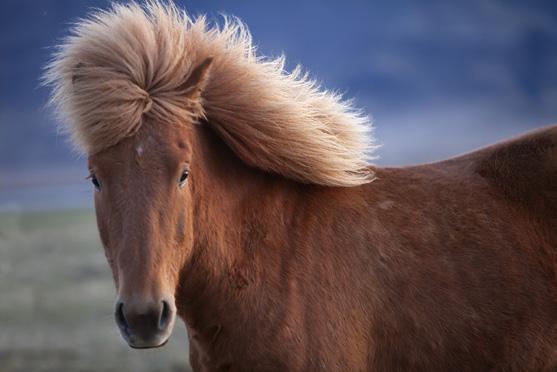
cessity of choosing many settings. By leaving the focus point distribution alone, you have one less thing to deal with in fast changing scenarios. For static subjects like landscapes and architecture, you have all the time in the world to consider each setting. But for wildlife, birds, children, and so many other subjects you must be instantly ready. Changing the focus point array takes time; most of you will benefit from a small central cluster. §
